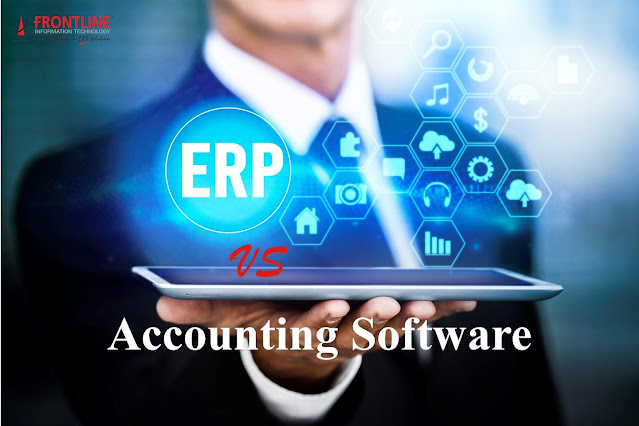What is the Future of Cloud ERP?
The Future of ERP is Cloud. But the Future of Cloud ERP is
something quite different. Both are interesting!
The
continued case for cloud
With cloud ERP hitting its
stride, many companies are finally getting over their concerns about privacy
and compliance in order to make the move. Fast-moving SMBs have been the
quickest to adopt cloud solutions, while larger organizations have often been
held back by their own complexity. Some companies just want to stay where they
are.
The future of ERP will
reflect the future of business as a whole. As we become more global, more
mobile and more data-centric - we will need accessible ERP solutions to support
us. This means cloud. Legacy and on-premise systems just can’t do that in the
same way.
Slowly
does it
It’s worth pointing out that
not all cloud transitions are carried out in one go. Many organizations take
the Finance function as a starting point. Then, as confidence grows, they move
on to other functions, like supply chain and project management. For those
midsized companies who have invested in a suite-in-a-box option, this is a
straightforward process, as all the functionality is contained within the ERP
system from the start.
Such products are not as well-known as they should
be. SAP Business By Design, for example, has a relatively
low profile, despite being one of the most effective all-in-one solutions for
the midmarket. However, it’s a useful example to use here, in order to show
what tech customers might expect from the cloud in the near future.
Suite
in a box ERP explained
The suite-in-a-box option is
favored by midsized companies with between 50 and 1,000 employees who don’t
have the complex needs of larger companies (who are often looking for highly bespoke
on-premise solutions.) A very useful analogy, which explains the concept, is
that of the coffee pod machine. Pod coffee is delicious and offers some
elements of choice while also being straightforward and easy to use. Bespoke
customers, however, would rather brew something more complex to their own
specifications and that is fine because that is their choice.
The
future of cloud ERP: Disruptor Technologies
At the heart of the product
roadmap is the desire to listen to current users and make life better for them,
which gives rise to new improvements every year. Many of these will be
delivered via disruptor technologies like Artificial Intelligence and Machine
Learning.
The best cloud companies will
be looking at these technologies to deliver tangible business benefits - giving
time back to the user, rather than searching for problems that fit their
high-tech solution.
The
future is user-friendly
Each generation comes to
cloud ERP technology with higher expectations than the last. The Apple kids
want intuitive and stylish interfaces and won’t settle for less. That’s why
even recently designed products need to be constantly improved. And more and
more they are looking for time-saving shortcuts.
For example, many users don’t
want the bother of creating their own personalization’s. That’s why Business by
Design engineers have created a library of popular scenarios that will make the
user’s job easier. Picking a pre-configured KPI off the shelf is more
convenient than creating your own.
Predicting
the Future
The system learns for example, that a certain
combination of keystrokes is usually followed by a request for a certain
report. It can then prepare the report in the background and pull it up faster
when you ask for it.
Investing
for the future
Another big area of
Investment is on mobile. Cloud ERP users should be getting the same seamless
experience from mobile as they do with the desktop version – unless of course
there is an even better, mobile-specific way of doing things. The Business By
Design app, for example, has an approval function you can act with a single
swipe – helping you to get work done on the go.
Analytics
A big part of ERP’s job is keeping the CEO out of
jail and it’s a comfort to know that the best cloud ERP providers have teams
constantly scouring the globe for changes in regulations to keep customers
compliant.
Information
you can use
The biggest task for Cloud
ERP today is to give customers access to their own information, wherever they
are, in the formats that are the most useful to them.
The future lies in finding
the best possible way to keep on doing this – quickly, accurately and
efficiently.




Comments
Post a Comment